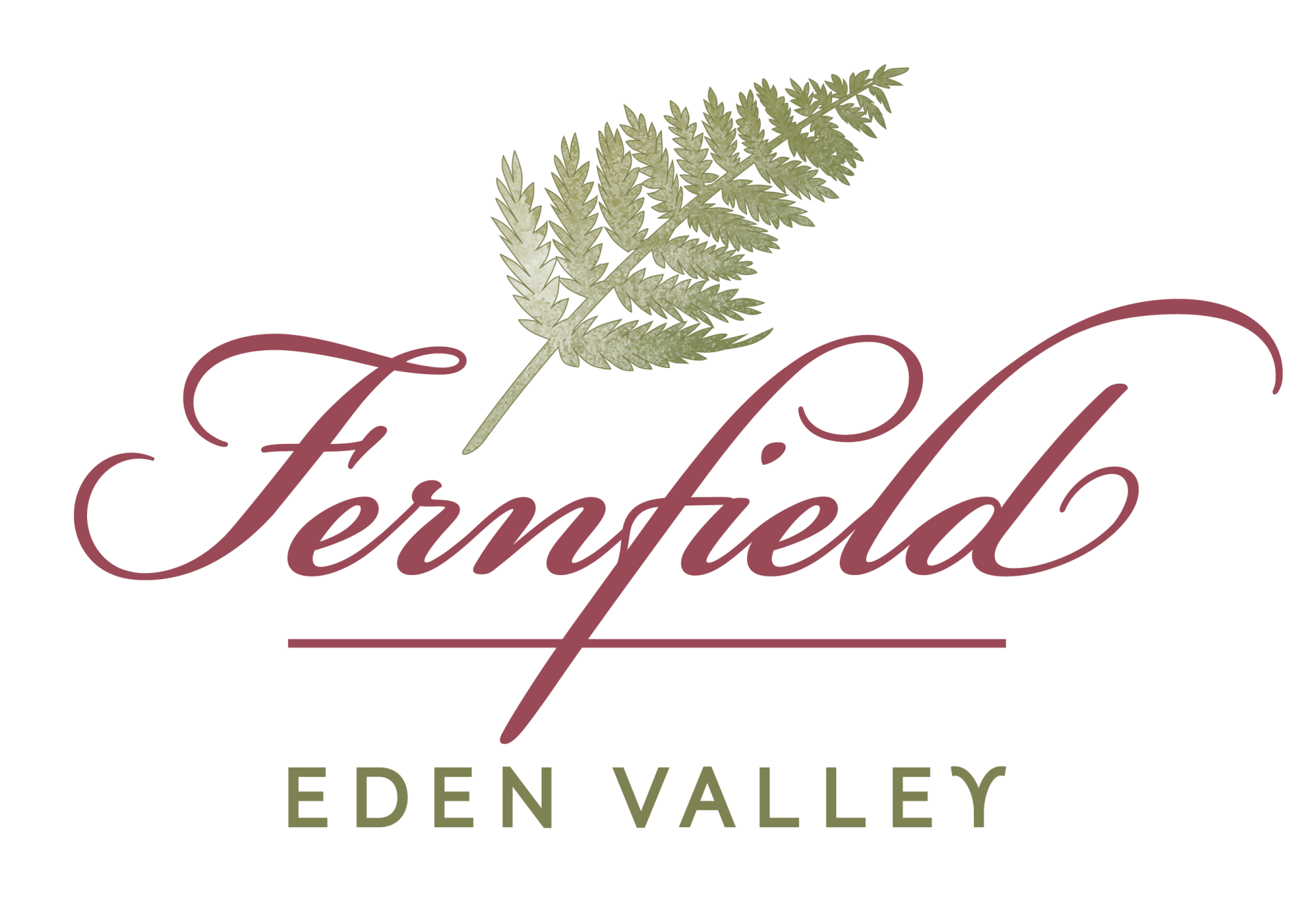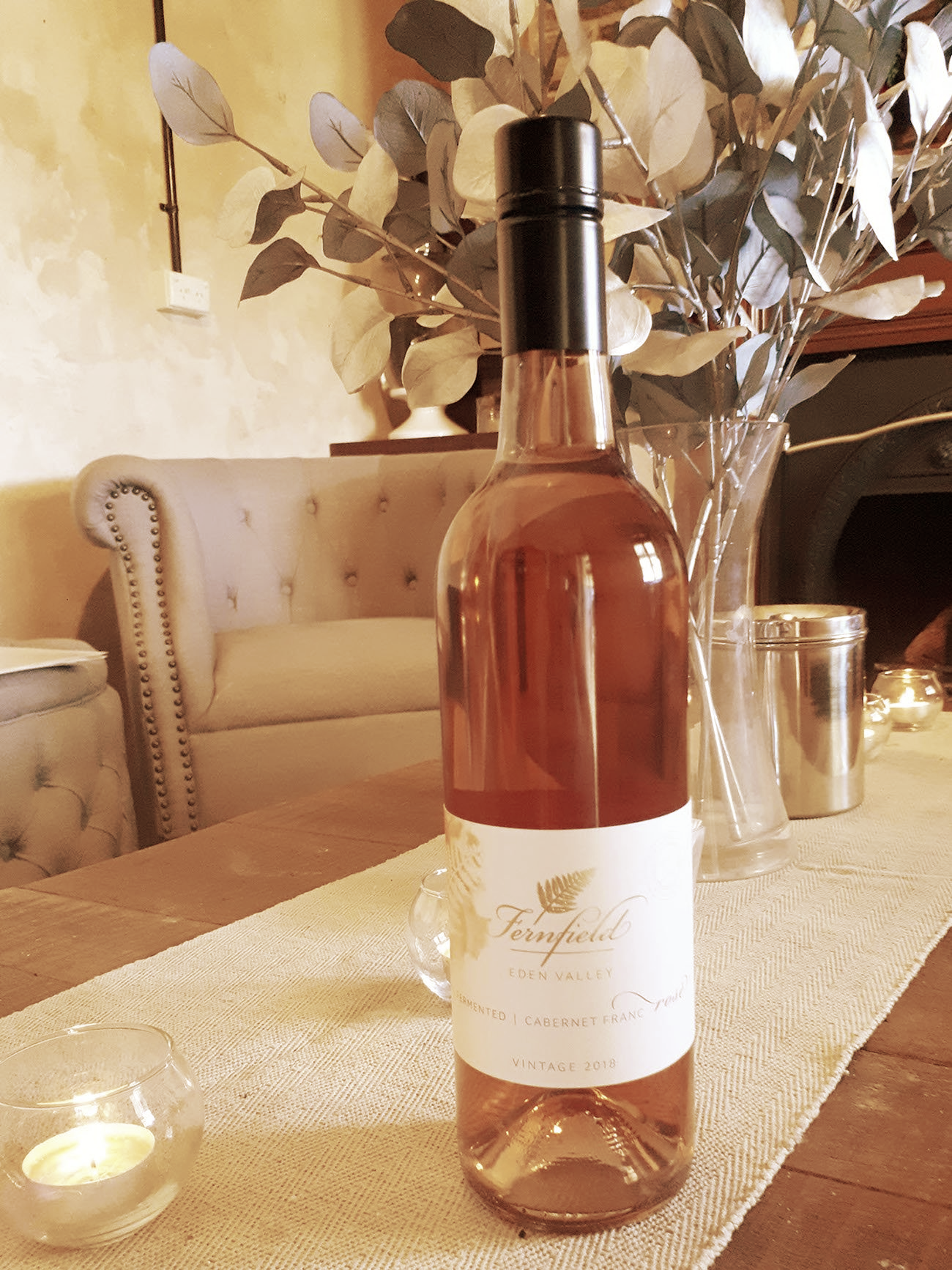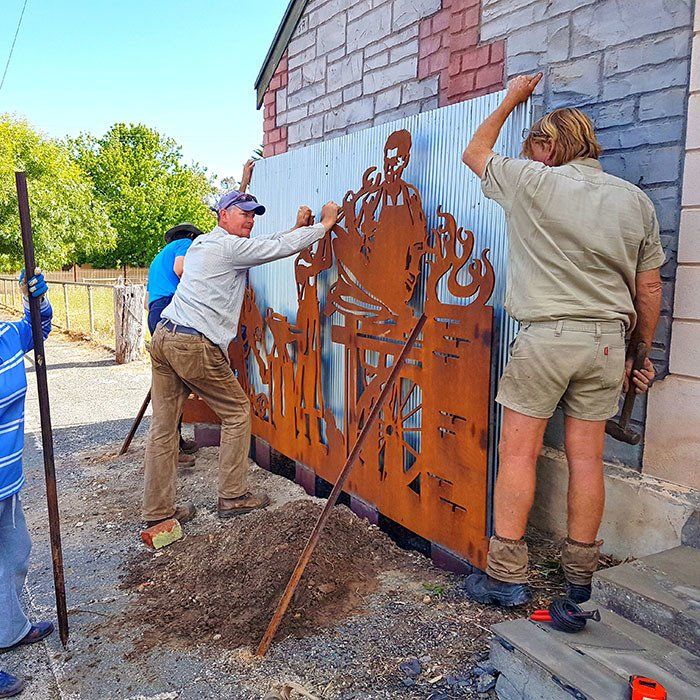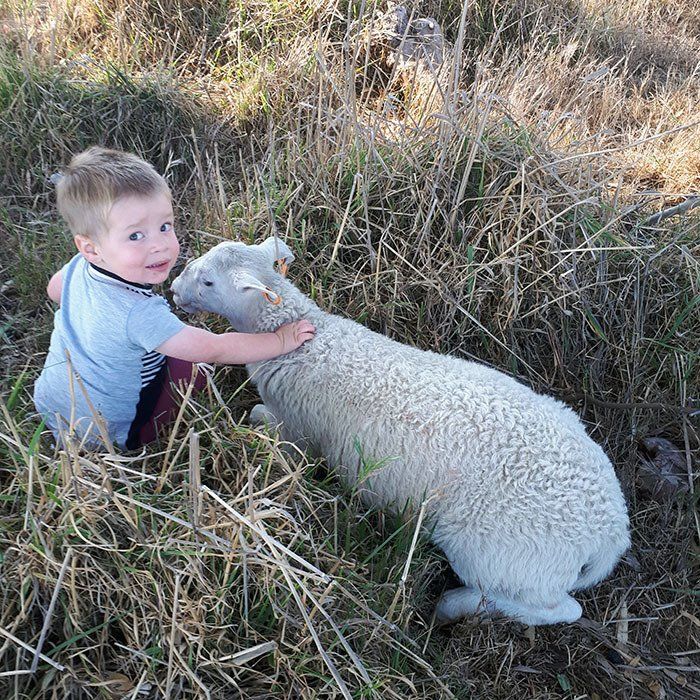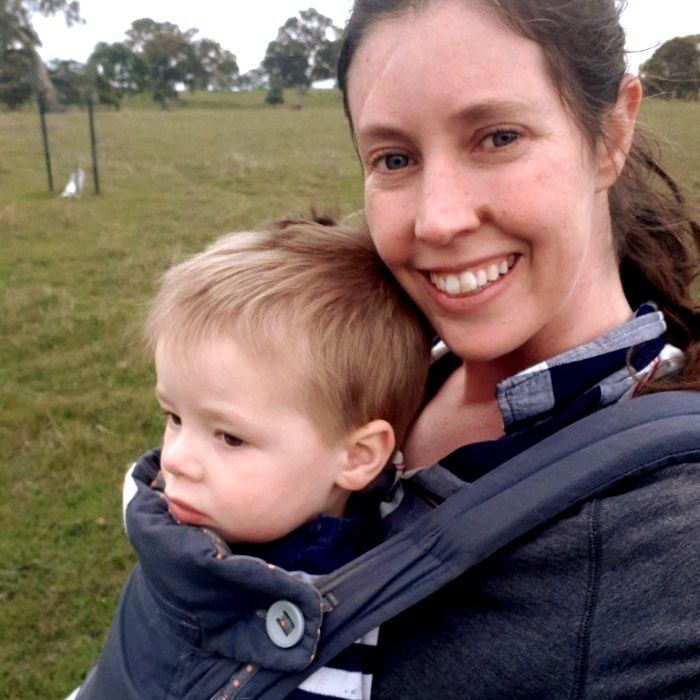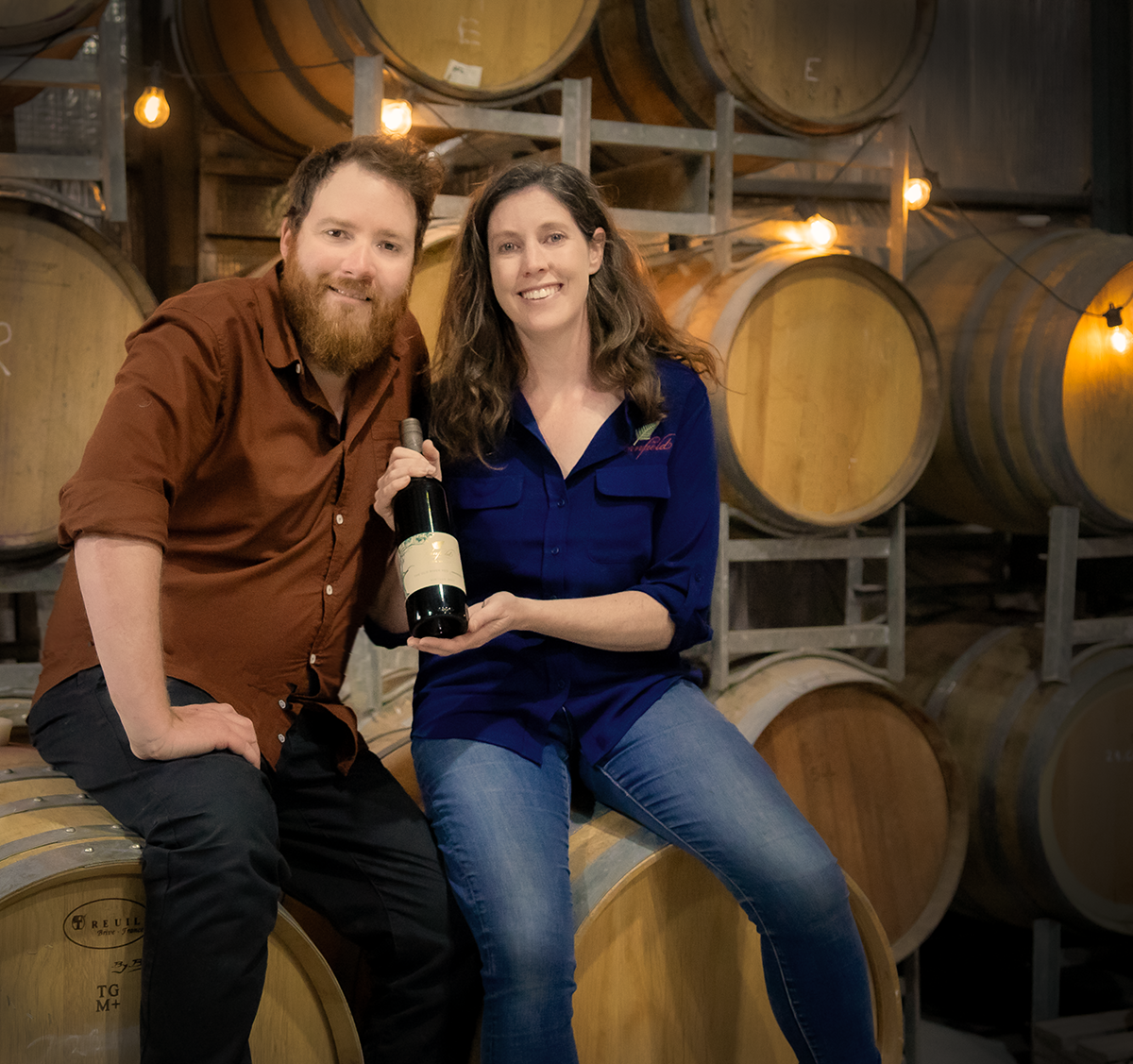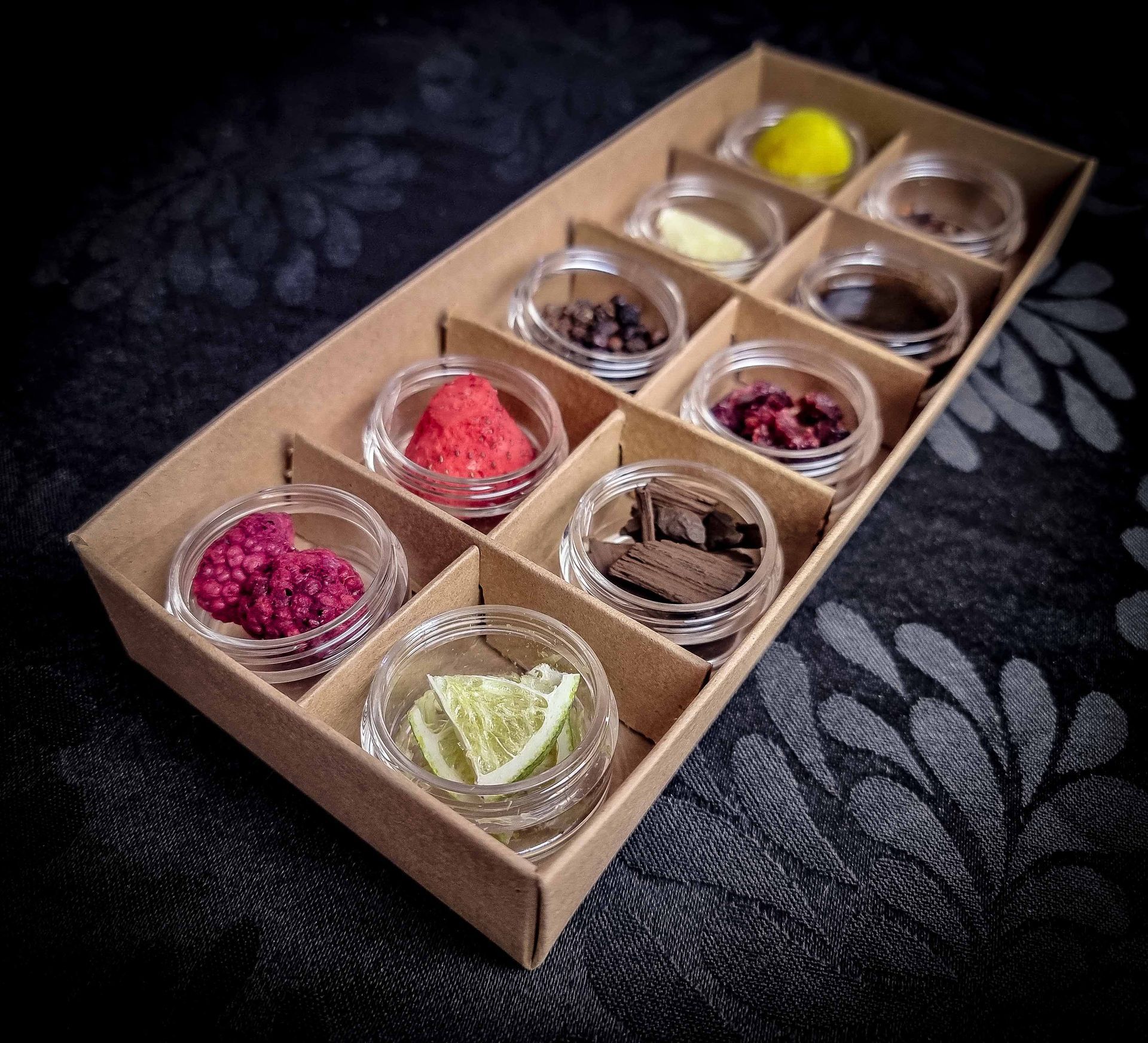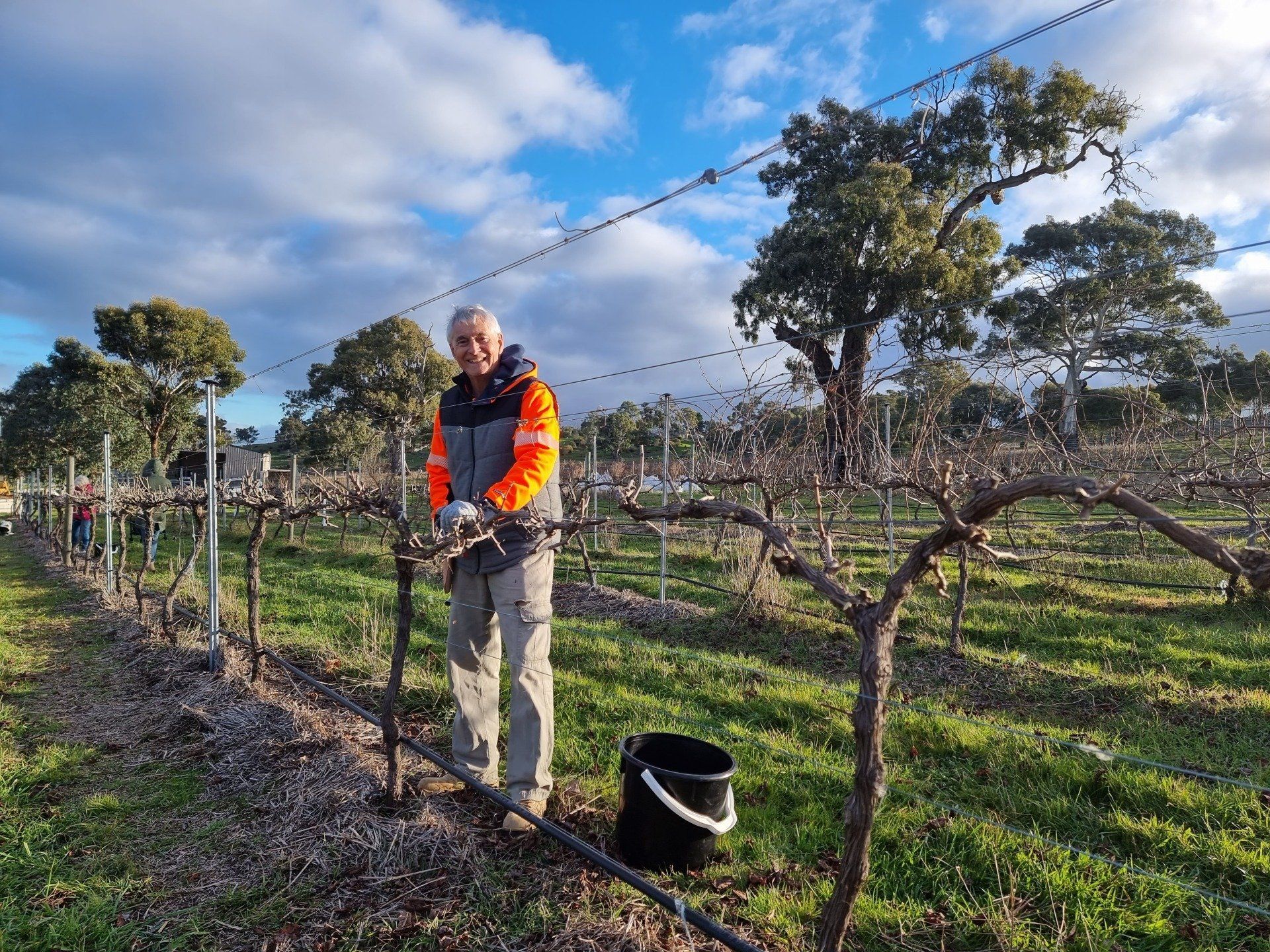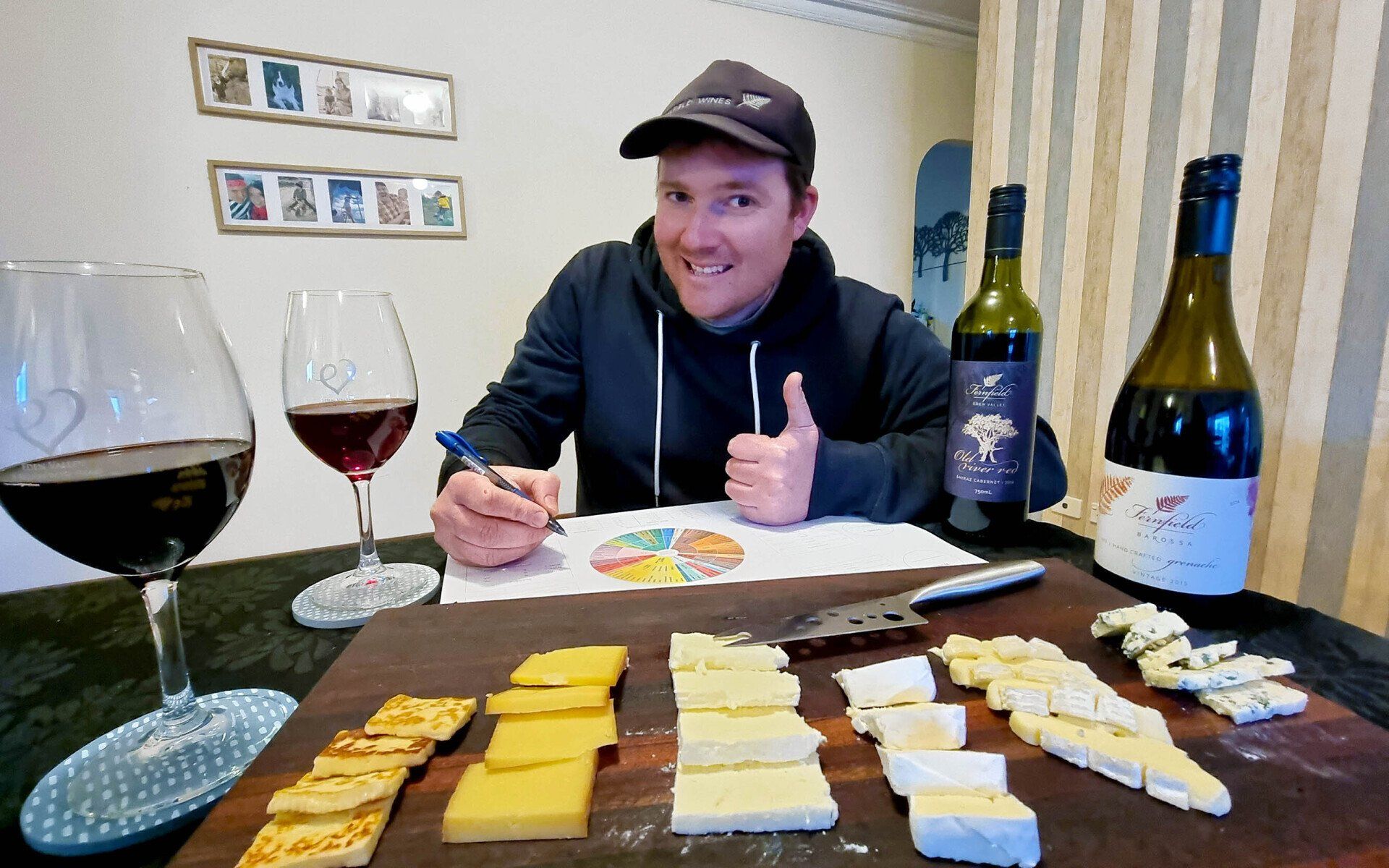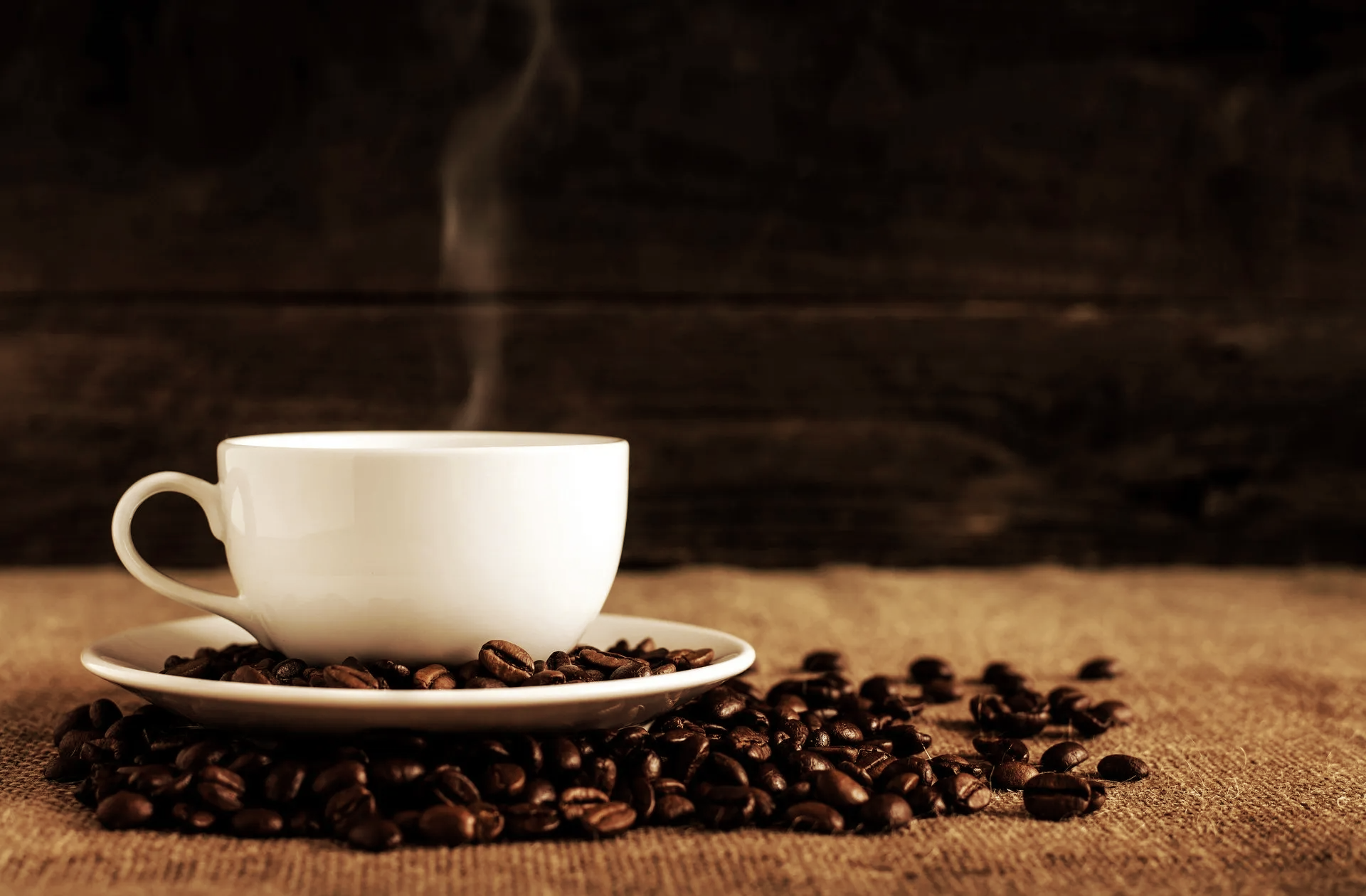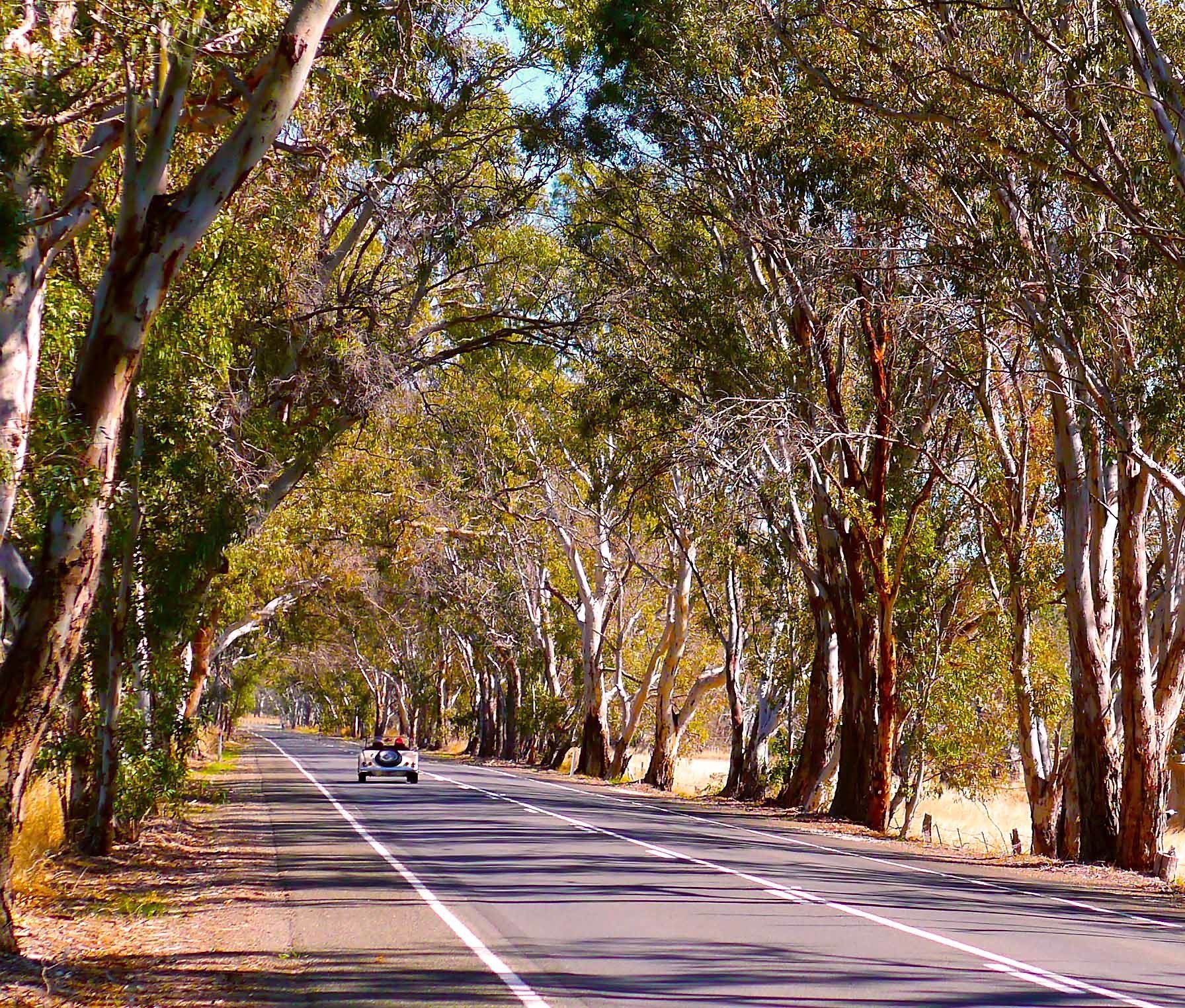Gold Leaf Reserve
December 5, 2018
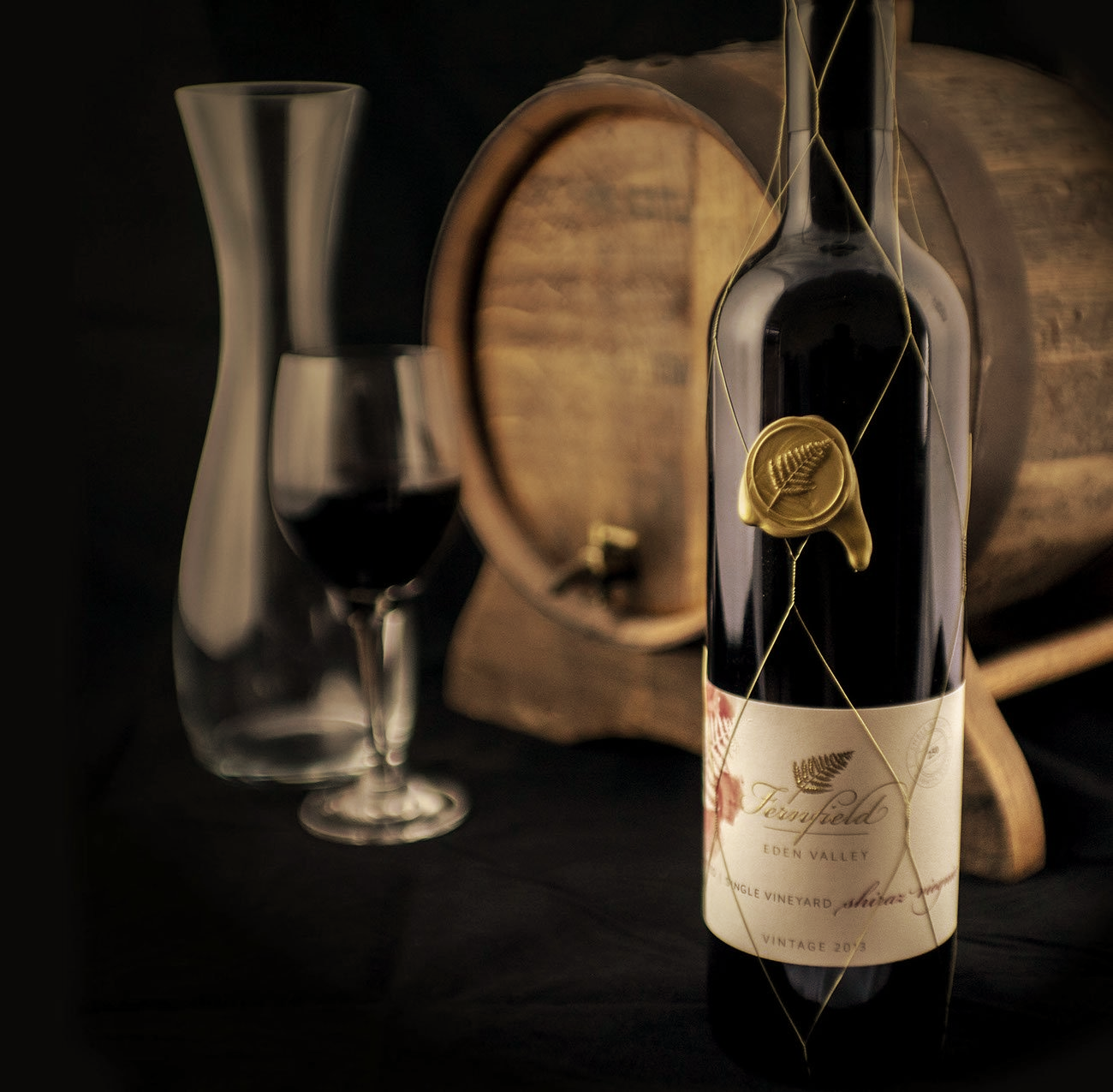
We've anxiously been watching these from little berries to the bottle for over 4 years now, hoping to show off some examples of what Eden Valley really can do. For those visitors that have discussed these wines with us, you would know we've been excited about these for a long time and can't wait to share these with you. These are a little bit fancy, with all ticks that make an icon wine without the price tag.
The 2014 Eden Valley Cabernet had extended french oak ageing for almost four years, followed by six-months bottle ageing, to develop and soften the palate so it is perfect to drink now or put down.
The 2015 Eden Valley Merlot is delectable and rich, it was barrel aged for 30 months in french oak, then bottle aged for six months and is a cherry delight.
These two wines join our 2013 Gold Leaf Reserve Shiraz Viognier, which James Halliday gave 93 points and said
"The amount of work behind this wine is obvious, the mouthfeel very good, the flavours likewise."
James Halliday
The Cabernet and Merlot are brand new so we don't have any reviews yet but we're excited to see the results. Our friends and visitors to the cellar door in the past few weeks have been saying great things - I don't want to brag but recently visitors have been throwing around words like 'exceptional' and 'amazing' (okay that's possibly a brag, sorry, I'm just excited!).
A defining feature of our Gold Leaf Reserve wines is there isn't much of them, so don't miss out! Our Gold Leaf Members have already had their early release so there's now less than 300 bottles left, and you'll likely never see these wines on a retail shelf.
News from around the estate
And speaking of wines selling out, a couple of fan-favourites have been popular recently and are off the shelf at the moment - we're out of Riesling, the Wayward Girl and Sauvignon Blanc. The way we run our winery means we don't guarantee we'll always have the same range, as we make wines to suit the seasons conditions, so it can be a good idea to grab a few extra of what you like! We do know we're bottling the next Wayward Girl soon, along with our new and little bit different, Vitality coffee & wine blend.
Other things that have been keeping us busy include making some fun custom order 187mL wines, our latest beer (a tropical pale ale in honour of the warmer summer weather!), wine blending and bottling, and developing our next chocolate recipes.
A few photos:
- Bandit being a good wine dog at the cellar door.
- Scott's been helping out installing some new sculptures in the main street which celebrate the history of Eden Valley. Make sure to check them out next time you visit!
- Xavier having a heart-to-heart with one of our three month old lambs.
- Bec and Xavier checking on the sheep.
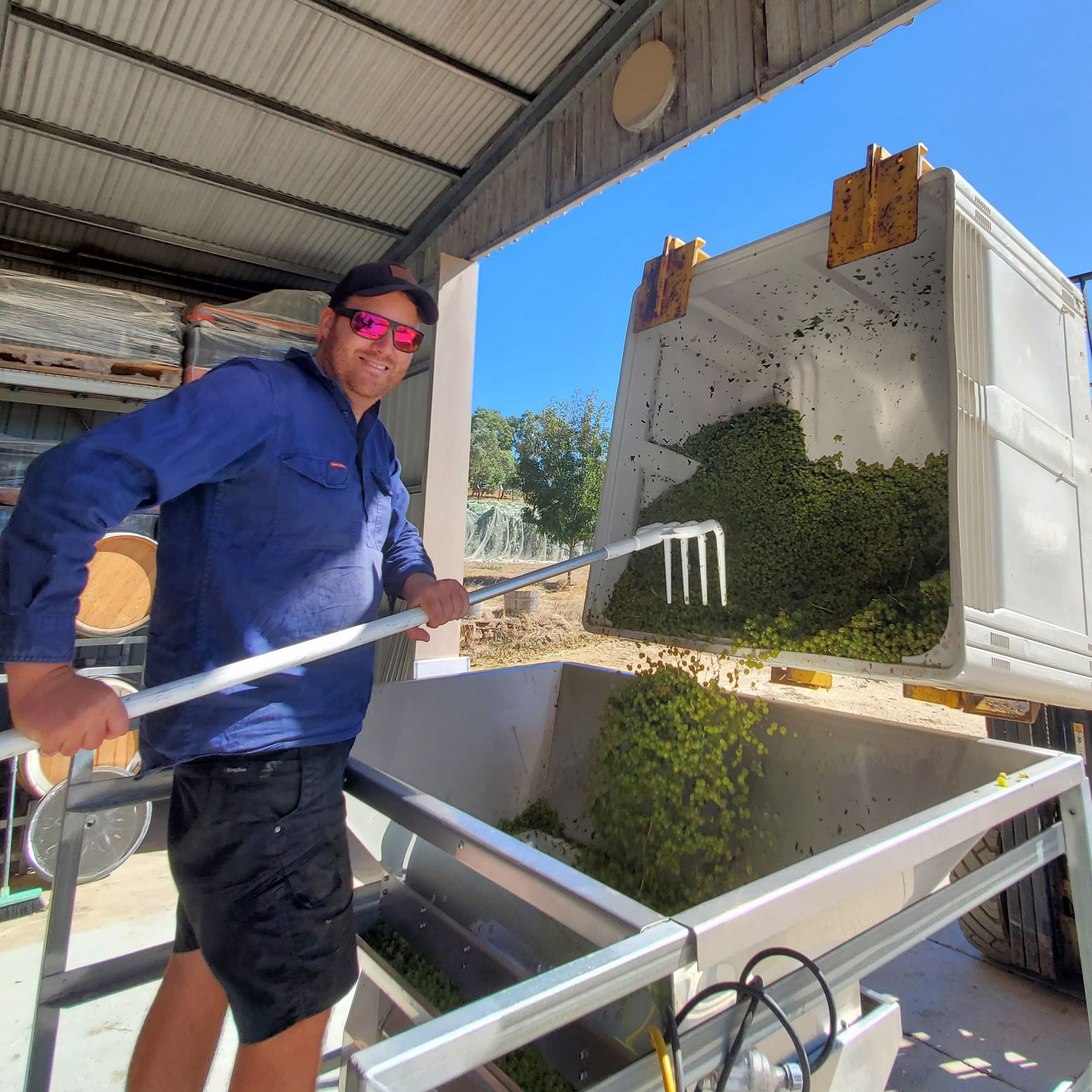
It's vintage time in the Barossa! In between picking, pressing and fermenting grapes, Scott and I are still meeting our customers at the cellar door each Friday, Saturday, Sunday and Monday. Below are answers to some of the most common questions we are asked during vintage time. How do we decide when to pick grapes? We use a range of factors to choose when to pick the grapes, with the most important being the various aspects of 'ripeness' of the fruit. these aspects include: Baume: This is the sugar content, and therefore alcohol potential, of the grape. Whites are usually ripe at around 10.5-13.5 Baume, and reds at 13-15 Baume, and in March conditions in Eden Valley most varieties ripen at about 0.8-1 Baume per week. This is a good rough indicator but because seasons and vineyards vary, it's not enough to know if the grape is ripe. Acidity: We measure the pH, and the 'titratable acidity' of juice, and it's more important in whites than reds. The titratable acidity is a better measure of how the wine will taste, a juice above 8.5g/L acidity will often be too tart (depending on the variety, style and sweetness we're aiming for), and many years we pick whites as soon as the acidity has dropped past 8.5. Grape taste & looks: As well as these simple measurements, we also look at a range of factors on the grape itself: How plump it feels, the colour of the seeds and stems, how thick the pulp is, and how the juice and skins taste. Based on these ripeness aspects, we will look at the weather forecast to predict how long it is until the grape is ready to pick. Hot weather ripens faster than cold, up to about 36deg. Above 36 it's possible for the vines to shut down and stop ripening entirely until the weather cools down, so it's important we test grapes just before and after heatwaves like the one we've just had. As we get closer to ripe we will test more and more often, to drill down to the exact date we want to pick. What do you do with the pressed grape skins? We feed them to our sheep!

Managing our little cellar door during COVID has resulted in a number of learnings for us including a surprise one, that both our visitors and us have really enjoyed our booked experiences. Making an appointment means we can do a range of fun wine experiences which just can't work when we're flat out with lots of guests. This more personalised experience means plenty of one-on-one time to not only learn about our wines and all the winemaking, but also adapting to what you're feeling on the day such as a tour, getting through all the questions you might have about wine, maybe a little of the latest local banter or a serene picnic out on our lawn doing your own thing. We know sometimes booking can be a chore, so we've made it as easy. We've set it up so you can book on our website, directly from Facebook or Google, the old fashioned way by just giving Bec a call on 0402 788 526 or send through an email on rebecca@fernfieldwines.com.au. We are really happy to have you visit whatever way works best for you. Unique Experiences
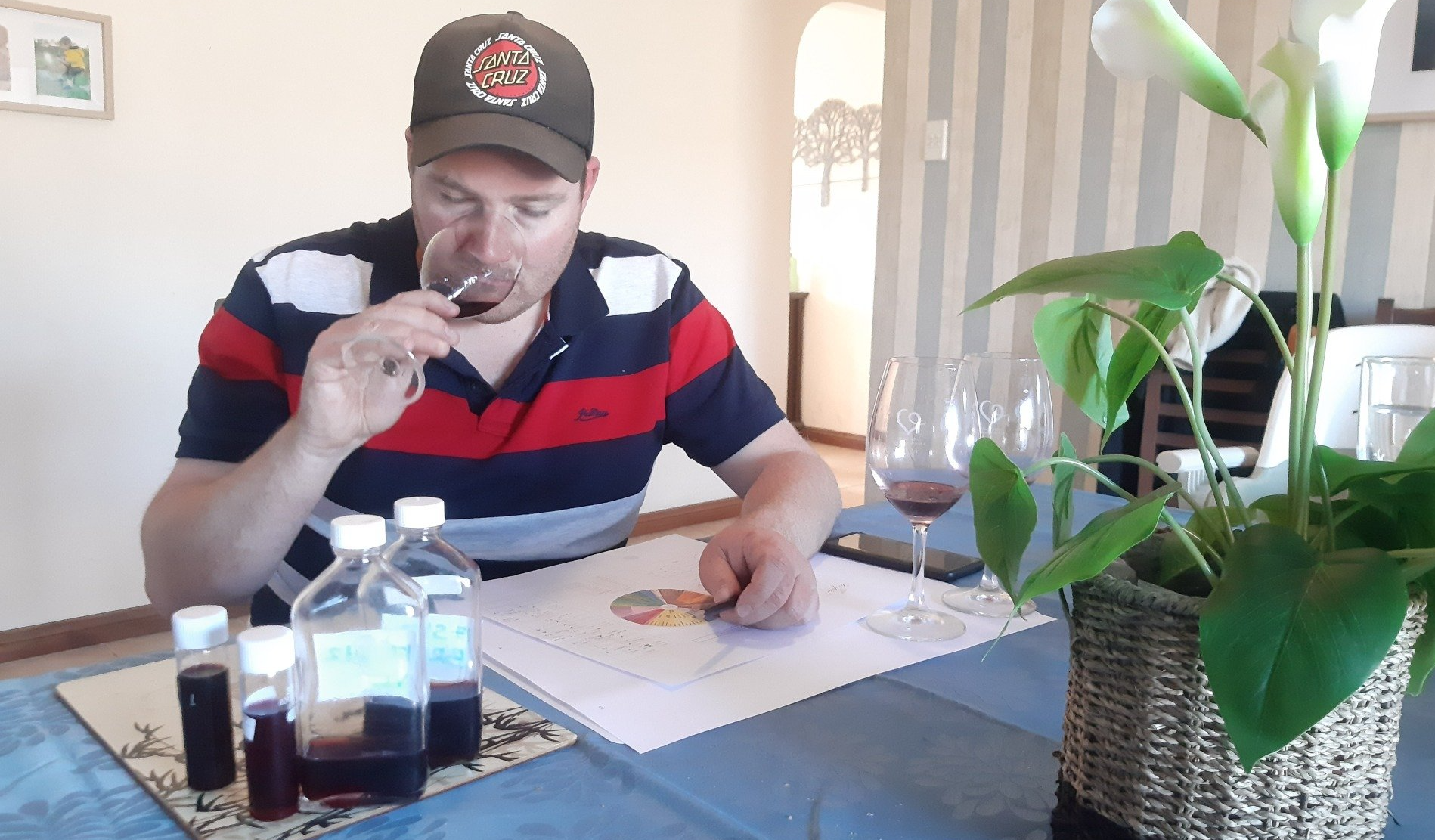
I ntroduction: An Imperfect Science There's often talk of wine tasting being an art, rather than a science. Wine chemistry is definitely a complicated form of science, but the current technology just isn't good enough to measure many wine aromas, and here arises the art. For example, a recent study on wine compounds called mercaptans* could measure down to a very impressive 0.0000000001%, however the human nose can still detect smaller quantities 1 .
